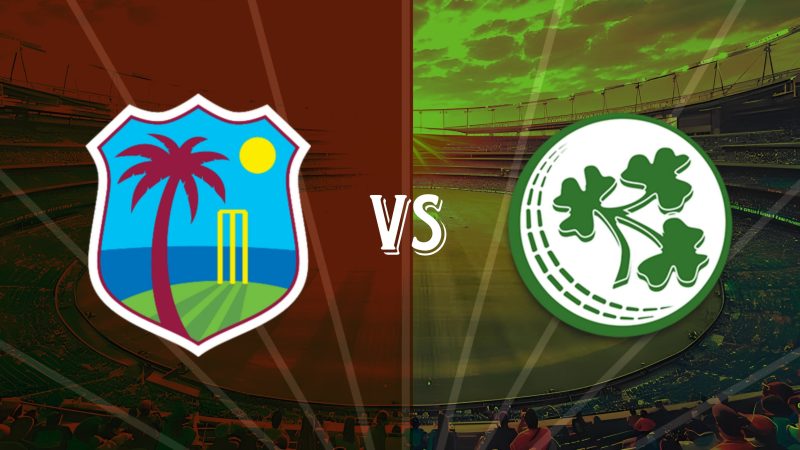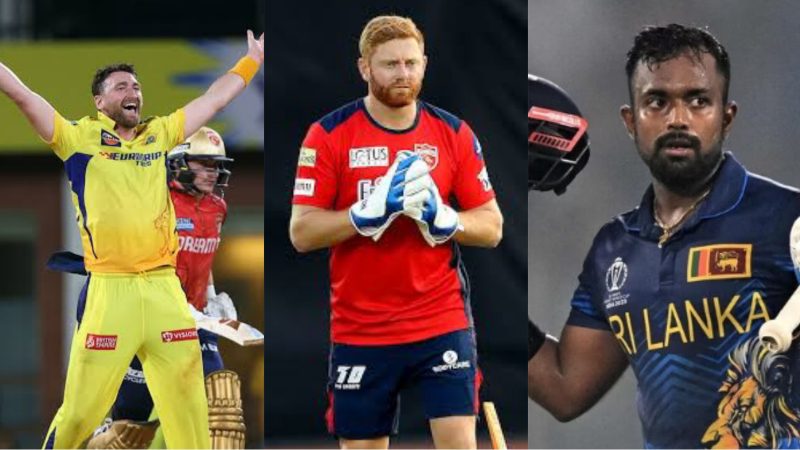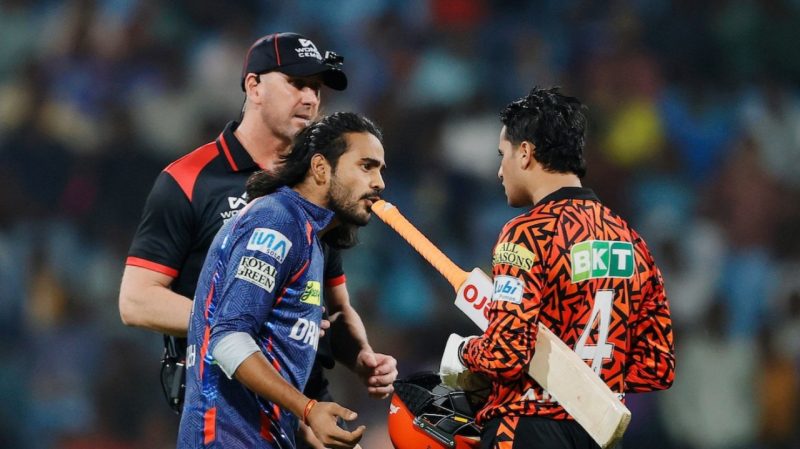Australia’s Playing XI Analysis for the 2nd Test Against India: Key Players & Impact

The Border-Gavaskar Trophy 2024-25 is heating up as Australia takes on India in the second Test at Adelaide Oval on December 6. After the crushing defeat of 295 runs in the first Test, Australia are looking to bounce back this time with the pink-ball encounter.
The Aussies have brought in just one change in their playing XI – Scott Boland comes in for the unavailable Josh Hazlewood. So, the Adelaide Oval, with its history of swing bowlers prospering in the lights, becomes a crucial battleground in itself with the pink ball involved.
A detailed look at the playing XI of Australia: Role, Strengths, and Challenges of Each Player.
Australia’s Playing XI Analysis for the 2nd Test Against India
1. Usman Khawaja
Usman Khawaja, Australia’s proven opener, has a reasonable record against India, and his record reads 556 runs in 19 innings, including one century and three fifties. His ability to handle the swinging pink ball will prove to be crucial at the top. His highest score of 180 against India shows that he has what it takes to anchor the innings, something Australia needs badly after their first Test collapse.
2. Nathan McSweeney
Nathan McSweeney had forgettable Perth debut, 10 and 0 against deadly Jasprit Bumrah but does possess temperament to learn pretty fast. This match will be critical for McSweeney to prove his mettle against a high-quality Indian bowling attack.
3. Marnus Labuschagne
Labuschagne is one of Australia’s best modern-day batters. He has an impressive record against India, as he has scored 780 runs in 21 innings at an average of 41.05. Now, the lights in Adelaide will test his technique and patience. Still, his last few knocks have not come off, but his ability to perform in pressure games makes him a must-watch player.
4. Steven Smith
Steven Smith is the core of Australian batting. He scored 2,059 runs against India with an average of 62.39 with nine hundreds under his belt. He took a golden duck in Perth, but one can only expect this modern-day legend to come back with a bang statement innings.
5. Travis Head
One of the few positive contributions Travis Head made to Australia’s total in the second innings was with an aggressive 89. Since his debut, he scored 815 runs against India at an average of 42.89. His ability to counter-attack- a feature his century vs India in WTC showed- makes him very useful in the top order.
6. Mitchell Marsh
Mitchell Marsh has been a reliable all-rounder for Australia. He may have fitness issues, but his inclusion gives both batting and bowling depth. Against India, he has scored 218 runs and picked up four wickets in six matches. His role as a middle-order stabilizer and part-time bowler will be pivotal.
7. Alex Carey (wk)
Australia’s wicketkeeper-batter Alex Carey is renowned for his knack of delivering important lower-order knocks. Having scored 227 runs against India with the highest score of 66*, the batting and gloveworking skills of Carey would play a pivotal role in this do-or-die encounter.
8. Pat Cummins (c)
Captain Pat Cummins will lead from the front in the pink-ball Test. Cummins has taken 53 wickets against India in 24 innings and is one of the most important weapons in the Australian bowling arsenal. The way he generates movement under lights makes him a huge threat for Indian batters.
9. Mitchell Starc
Mitchell Starc is a day-night Test specialist, as he is deadly with the pink ball. Against India, he has taken 51 wickets and will play a crucial role in Australia’s plans. Starc’s performance will be especially important in Hazlewood’s absence.
10. Nathan Lyon
Nathan Lyon is Australia’s one of the most successful spinners and has an outstanding record against India, where he has taken 123 wickets in just 51 innings. Lyon can exploit any turn on offer and keep one end tight, which is essential in curbing the Indian batting lineup.
11. Scott Boland
Scott Boland has replaced Josh Hazlewood, who is injured for the second Test. Although not very new to Test cricket, Boland has been doing very well with his line and length. Boland, who picked five wickets in two games against India, has a big task cut out in filling the shoes of Hazlewood.
Key Challenges for Australia
Batting Resilience: The first Test exposed Australia’s vulnerability to India’s pace attack. The senior players, including Smith and Labuschagne, need to step up.
Swing and Spin: There is movement offered by the pink ball, so the batters will be wary against Mohammed Siraj and Bumrah.
Bowling Depth: Without Hazlewood, it will be on Starc and Cummins to deliver the most. Scott Boland’s performance will prove to be the difference here.
Australia’s Playing XI for 2nd Test match
Usman Khawaja, Nathan McSweeney, Marnus Labuschagne, Steven Smith, Travis Head, Mitchell Marsh, Alex Carey (WK), Pat Cummins (C), Mitchell Starc, Nathan Lyon, Scott Boland.
Australia will go into the second Test with much to play for, looking to level the series in Adelaide. They have a well-balanced side with experienced players such as Steven Smith, Mitchell Starc, and Pat Cummins, along with some emerging talents like Nathan McSweeney. The day-night Test at Adelaide Oval is going to be another thrilling installment of the Border-Gavaskar Trophy.








